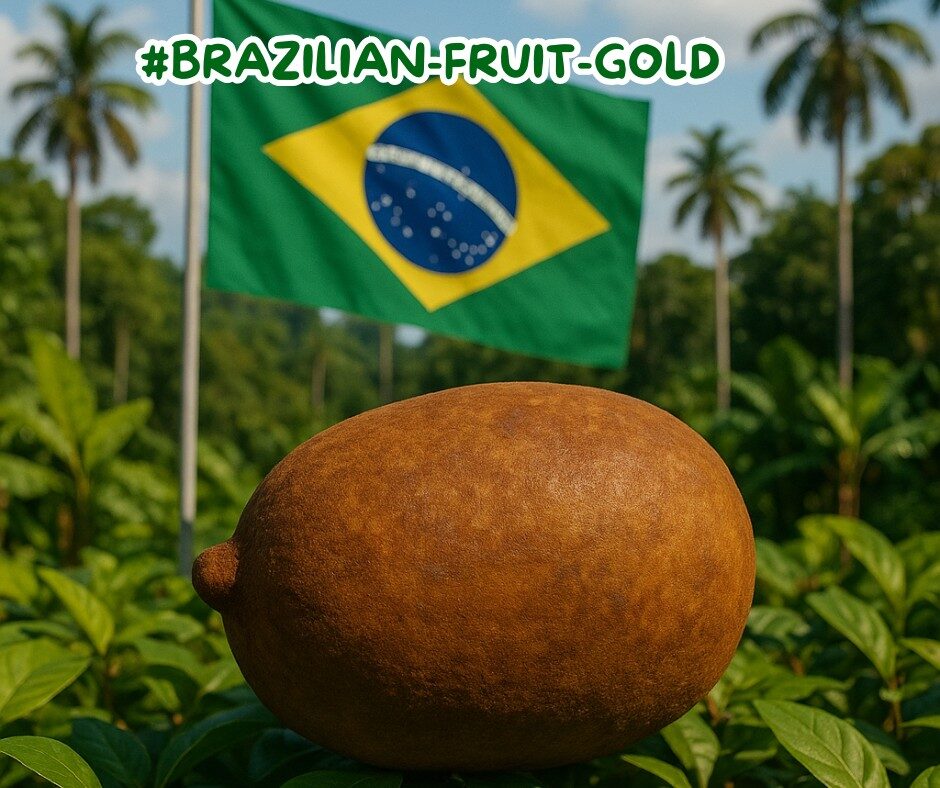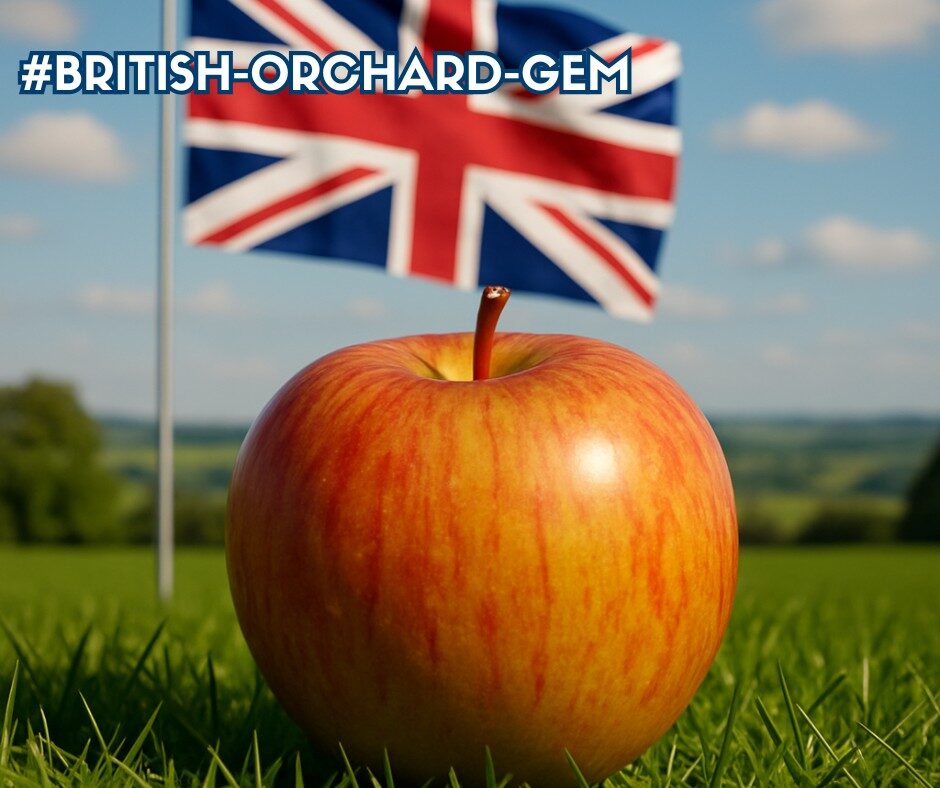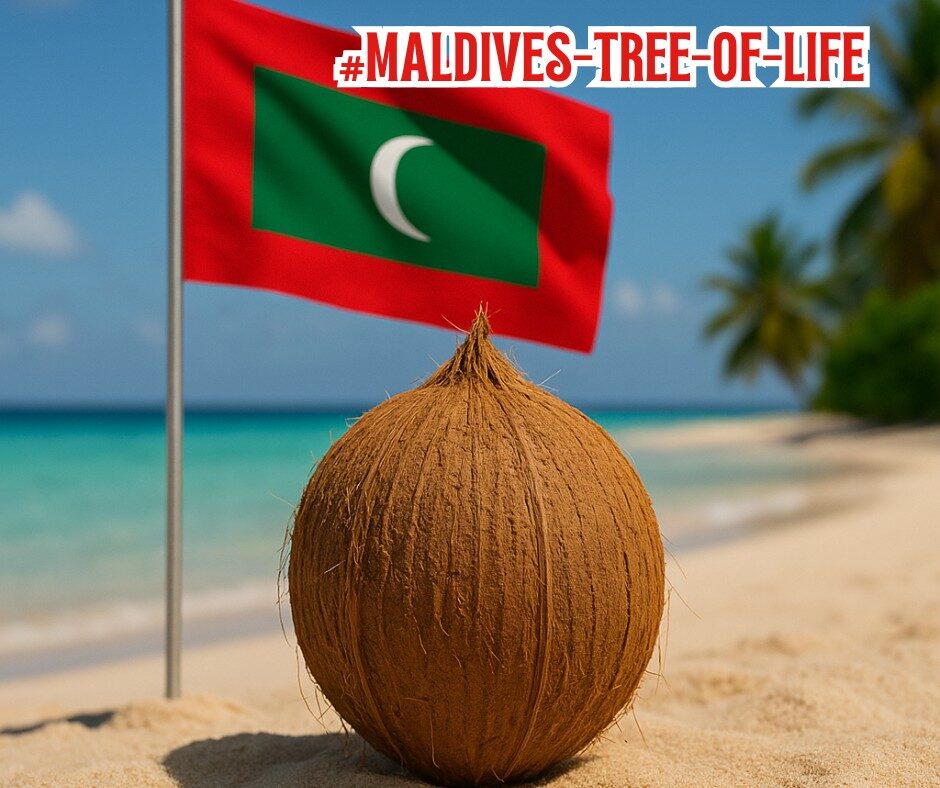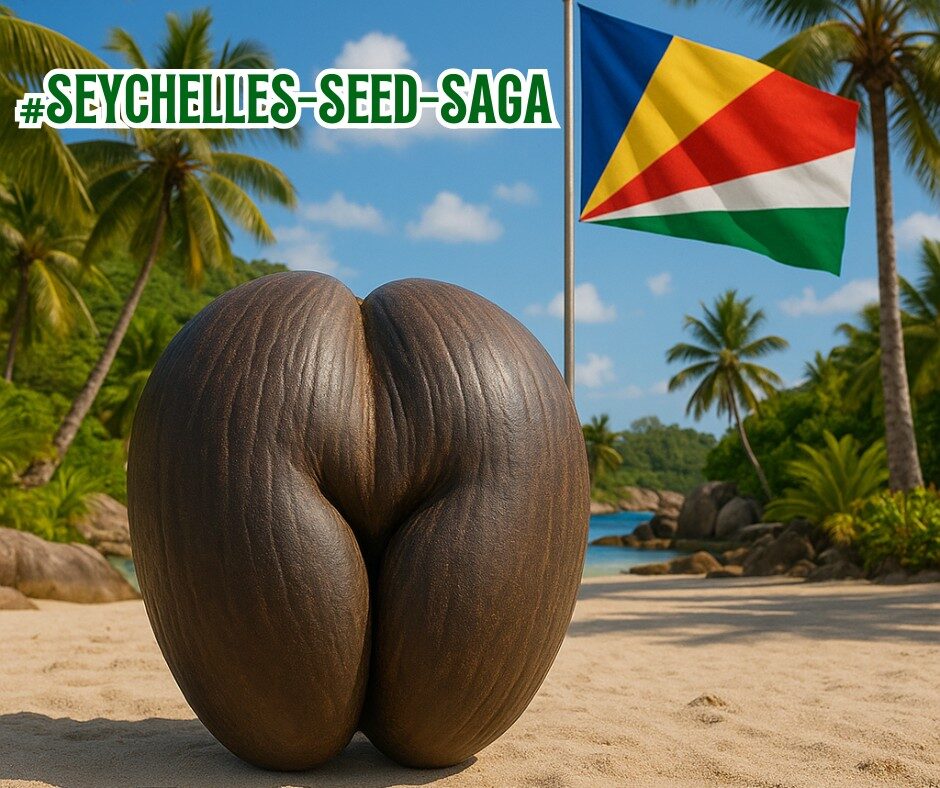by Dr. Marli Botha
The seemingly simple sense of taste is anything but clear-cut. Science cannot explain all its complexities, and the underlying biology is so powerful that marketers successfully manipulate customers with suggestions…
Here are 8 weird and wonderful facts regarding our taste perception:
- A compound called cynarin in artichokes can temporarily block your sweet receptors. Then, when you drink water, the cynarin is washed away, making your sweet receptors “wake up” so the water tastes sweet.
- A study found that people traveling on airplanes had suppressed sweet receptors and enhanced umami and salt receptors. The German airline Lufthansa confirmed that on flights, passengers ordered nearly as much tomato juice as beer and prefer salty snacks to sweet.
- Your tongue is strong and consists of 8 muscles. Four muscles allow your tongue to change shape and the other four allow your tongue to change position. These muscles move your tongue in different directions and help you eat and speak. On average, women have shorter tongues than men. The average length of the human tongue from the back to the tip is 10 cm.
- If you get fat, so does your tongue. The human tongue has a high percentage of fat, and there is a correlation between the tongue’s fat volume and obesity. A study in the journal Sleep showed that having a larger tongue with higher levels of fat might be a risk factor for obstructive sleep in obese adults.
- Good taste starts early. The flavours of some foods, such as carrots, garlic, and vanilla, wind up not only in mother’s milk but even in amniotic fluid. Scientists from the Monell Chemical Senses Center in Philadelphia have shown that babies prefer foods they first “tasted” in the womb.
- Taste buds go through a life cycle where they grow from basal cells into taste cells and then die and disintegrate, their normal life cycle is anywhere from 10 days to two weeks.
- Sweet taste perception is the source of both great pleasure and terrible public health problems therefore humans were experimenting with methods for altering our sweet taste perception long before we knew the identity of the sweet receptor, by drinking gymnema sylvestre tea to make sugar taste like sand.
- Researchers found that both sugar and artificial sweetener activate the primary taste pathway in the brain by activating the frontal operculum and the insula, but only real sugar was able to elicit a significant response from several brain regions of the taste-reward system including the midbrain and caudate nucleus. This suggests that the brain’s reward pathway is conditioned to prefer a sugar.




